
MSRP: $32,100
8.2 /10
Rating
Pros
- Turbocharged performance punch
- Impressive warranty coverage
- Dual-screen tech setup
Cons
- Limited cargo depth
- Boost lag present
- Firm ride quality
2024 Hyundai Kona N Line AWD review by Vyocar
A bold redesign with brains and bite—the 2024 Hyundai Kona N Line AWD blends turbocharged performance, standout tech, and urban practicality into a small crossover that finally feels grown-up. It’s fun, functional, and surprisingly refined for its size.
Overview
The 2024 Kona N Line is what happens when your favorite automaker decides to give a subcompact SUV a shot of espresso—and maybe a little help from Robocop. It’s been redesigned from the ground up with a fresh platform, longer wheelbase, and smarter dimensions that finally give your back seat passengers enough legroom to stop grumbling like unpaid Uber drivers. Despite being the second-smallest model in the lineup, it’s surprisingly practical, with a boxy, rugged vibe that’s ready for urban chaos but polished enough to park outside a Premium coffee shop.
The interior gets a serious infusion of tech, with a sleek dashboard, dual display, and more usable space than you’d expect—up to 63.7 cu. ft. of cargo if you fold the seatbacks (because sometimes adulting means hauling IKEA furniture, not vibes). Choose from the efficient 2.0-liter 147-hp or the peppy 1.6-liter turbo 190-hp powertrain—both drives are smooth, though the turbo adds that hot-hatch punch for your inner speed junkie.
It’s got safety baked in, and the styling—especially in Atlas White or grey—is eye-catching without trying too hard, like that one friend who looks great in every group photo. It’s not an EV, but it borrows just enough all-electric design cues to feel futuristic. Whether you’re coming from a Hyundai Tucson, eyeing a Mazda CX-30, or even cross-shopping with an Acura RDX, this Korean crossover punches above its size. Honestly, check it out at a dealership—just don’t be surprised if it charms you a little more than expected.
What’s New for 2021
What’s new for 2024? A lot—and it’s not just the usual paint update or badge shuffle. This redesigned subcompact crossover now rides on a fresh platform, giving it wider dimensions and a noticeably more usable cabin that feels less cramped and more ready for real life. The dual-screen setup stretches clean across the dash, with smoother graphics and better screens integration that makes the center console feel more modern—finally. There’s now a proper gear selector, new rotary cupholders, and even a passenger shelf, which might sound small but makes a big difference in day-to-day driving.
The rear seats get better spacing too, making city trips or airport runs a little less “knees-in-your-back.” The styling? Sharp, with spaced lettering, horizontal LED lights, and a roof spoiler that gives the rump a sporty edge, while metallic stalks and a refreshed steering column add some premium touches up front. Under the hood, it’s still a combustion vehicle (so not fully Electric), but offers multiple powertrain choices, including a peppy turbo that feels right at home in a Korean car competing with the Mazda CX-70 or Toyota crossovers.
From the driver seat, it handles well despite a few shortcomings in storage, but the exterior is definitely more eye-catching than the prior version—especially in Hyundai’s signature treatment. This automaker clearly leaned into the sporty look without forgetting about practicality and range, and honestly, the result is a pretty airier ride that feels way more thought-out.

Pricing, Trim Levels, and Best Pick
If you’re shopping for value and a little flair, the 2024 lineup offers a range of trims from SE to N Line, with prices starting around $25,600 and stretching up to about $33,100 depending on the features and servicing packages you tack on. The SEL is a solid middle ground, but the N Line stands out if you like your drive with some spice and a bit of turbo attitude.
The base powertrain—a two-liter, 147 hp four-cylinder—paired with a CVT might feel a little dull for speed lovers, but upgrading to the eight-speed automatic and sport-tuned engine makes a noticeable difference in downshifts and overall fun. For tech, the 12.3-inch digital gauge display and 12.3-inch infotainment display are now standard in higher trim levels, plus you get goodies like adaptive cruise control, lane-centering, on-board Wi-Fi, and a wireless smartphone charging pad—all things that felt optional just a few years ago.
Color-wise, it’s hard not to be tempted by bold options like Ultimate Red, Cyber Grey, Atlas White, Neoteric Yellow, Soultronic Orange, and Abyss Black—each one looking better than your neighbor’s Hyundai Venue. Oh, and heated front seats? Yeah, those are available too, because cold mornings are a universal struggle, even if you’re not cross-shopping an Acura Integra.
Powertrain, Transmission, and Driving Dynamics
Behind the hood, the 1.6L turbocharged powertrain brings 190 horsepower and 195 lb-ft of torque, giving this AWD N Line a much more pleasant driving demeanor than you’d expect from most tall hatchbacks. It’s not exactly a GR Supra, but the 0–60 MPH sprint clocks in around 8.5 seconds, which is enough for confident on-ramp merges and the occasional flex past an HR-V EX-L. The transmission—an automatic, not a CVT (thankfully)—delivers smoother gear changes with less lurching, though there’s some boost lag if you stomp the gas pedal like you’re launching a drag race. Around corners, the handling is sharper than you’d guess for a 3,483-pound crossover, though you might feel a bit of understeer during aggressive driving, especially if you’re pushing it like it’s a race-track-in-a-bottle.
The suspension feels cushioned enough for daily commuting, but the low-profile tires make pothole hits more noticeable—it’s not built for off-road, after all. Still, ABS modulation, traction, and stability control are tuned well for urban infrastructure, and the redesigned wheelbase adds just enough balance to keep things comfortable under pressure. Honestly, this is a great driving companion for those who like a little performance with their prudence, especially when compared to other trims like the SE or SEL. And no, it won’t out-sprint a Lexus IS 500, but for a turbo-four, it’s surprisingly quick without being a pain to live with.

Fuel Efficiency and Real World Testing
On our 145-mile test around Dallas—which included everything from stop-and-go traffic to fast I-635 stretches—the 2024 Kona N Line felt surprisingly composed for a compact crossover with AWD. The 1.6L turbocharged engine kicks out 190 horsepower and 195 lb-ft of torque, and paired with a dual-clutch transmission, it delivers shifts with just the right snap—no annoying hesitation when you tap the throttle for quick passes or merged lane moves. It’s not aiming for Prius-level efficiency, but we saw around 24.1 mpg city and 26 mpg on the highway, which is solid considering its sport-tuned suspension, low-profile tires, and roughly 3,483 pounds of curb weight.
The ride over expansion joints and potholes was firm but not punishing—more balanced than stiff—thanks to smart tuning calibration and good traction control. Compared to SE and SEL trims, the N Line adds just the right amount of punch without feeling too aggressive, making it a better fit for folks who want a fun, spirited drive but still care about being practical in urban usage. It’s a true all-rounder, and while there are a few trade-offs like moderate ground clearance and a hard ride on rough street surfaces, the flow of the journey stays smooth.
It’s the kind of Hyundai that handles mixed driving needs—city, highway, and weekend fun—with confidence, control, and enough A/C power to keep you cool through Texas heat. And yeah, the 0–60 in around 8.5 seconds won’t win races, but it keeps up just fine in the real world.
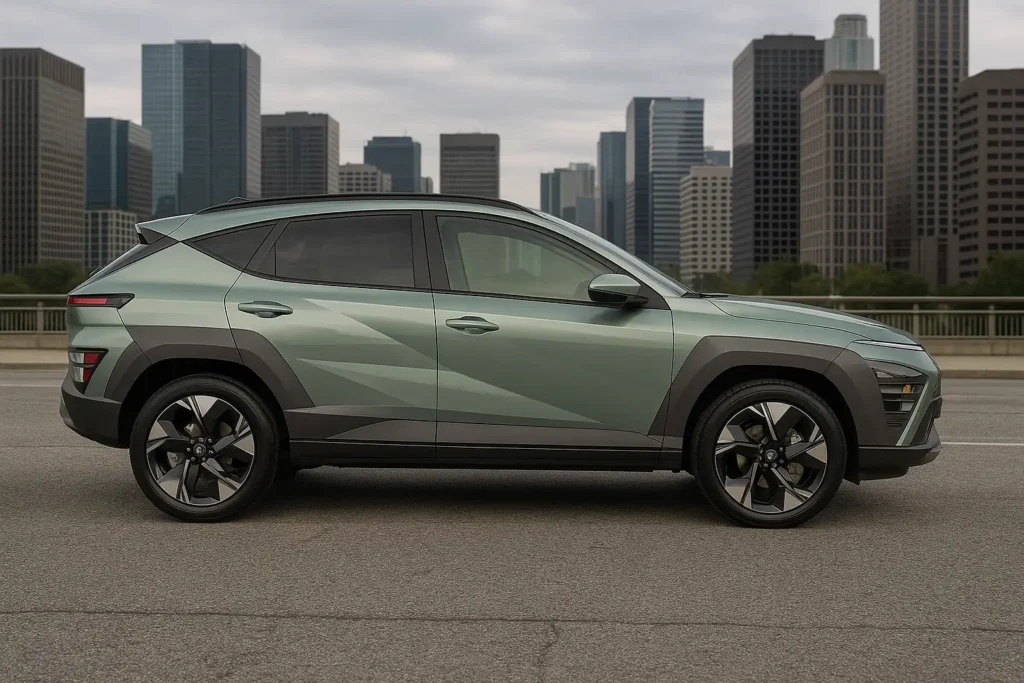
Interior and Comfort
Inside, the vibe is a mix of functional meets fun, with enough red pinstriping, N logos, and metal sport pedals to remind you this isn’t your average economy car. The cabin layout is clean, with a user-friendly shift selector, intuitive buttons, and a center console that won’t make you dig around like it’s a junk drawer. The heated front seats are nicely supportive, and the combo of suede upholstery, ventilated leather seats, and a black headliner gives the whole interior a sporty edge without feeling over the top. Thanks to the stretched wheelbase and extra width, there’s solid front legroom, decent passenger room, and just enough space in the second row so rear passengers won’t be throwing side-eye on road trips. The rear doors swing open close to 90 degrees, which makes child seat duty less of a wrestling match, and even the reclinable outer seats offer enough lower leg support for grown-ups in the back.
Tech-wise, you get A/C vents, USB jacks, a 12V power outlet, and even a leather-wrapped steering wheel that feels great in-hand. Sure, some surfaces still wear their plastic cover proudly, but it’s serviceable, especially for a car that starts well below luxury territory. Compared to a Mazda CX-30, Honda HR-V, or even a smaller Hyundai Venue, this 2024 Kona N Line delivers a more refined environment, with room to stow a stroller or groceries, just don’t expect to stretch out and sleep unless you fold flat. It’s not quite a Hyundai Palisade or Lexus IS 350, but for the price, this affordable setup, complete with grey and red accents, makes for a comfortable, drives-well experience that won’t trigger your OCD over cupholder placement or missing seat padding.
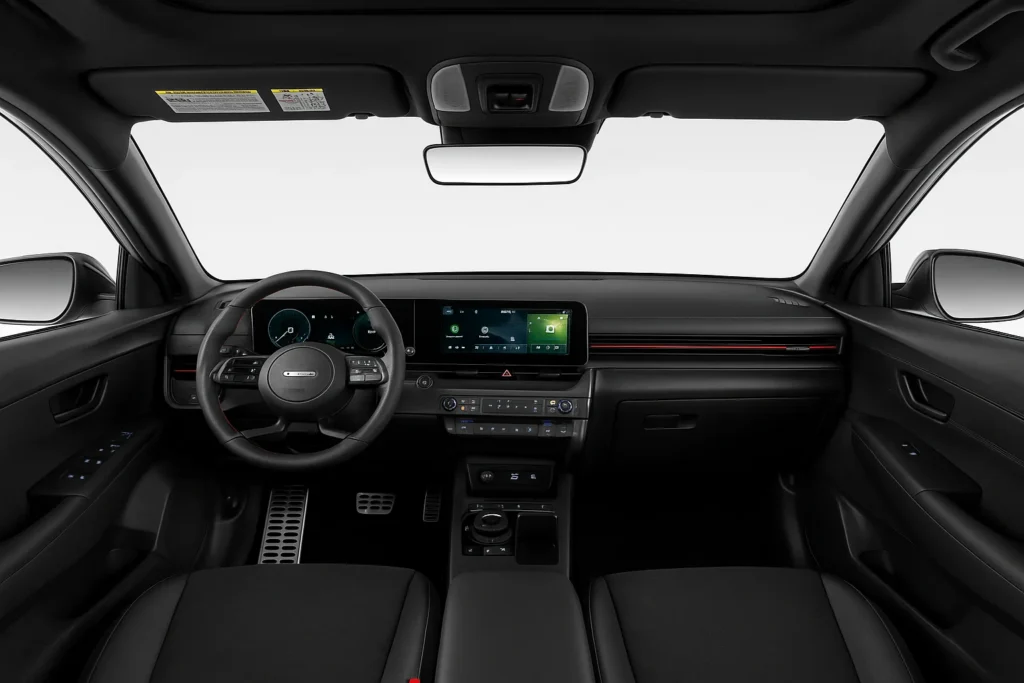
Cargo & Practicality
When it comes to cargo space, the N-Line holds its own better than you’d expect for something this compact. With the rear seats up, you get around 25.5 cubic feet (or 407-litres if you’re feeling metric), which means your average Costco haul—or a couple of milk gallon jugs and a gym bag—fits just fine. Fold the second row down and you unlock up to 1,241-litres, or about enough room to stow everything but the kitchen sink (and maybe that too if you angle it right).
The cargo hold isn’t the deepest, a bit shallow in spots, but it’s wide and easy to access, especially with the available powered tailgate. There’s smart use of multi-purpose storage around the center console, a handy cubby, solid cupholder placement, and even room for your phone, drinks, or random road-trip snacks.
The shift-by-wire system and rocker-switch gear lever free up space up front near the steering wheel and column, avoiding the bulk of a traditional shift selector. Compared to challengers like the HR-V or Mazda3, this setup feels more flexible—and while you’re not getting larger SUV capacity, the 6.3 cubes behind the seats folded, plus the bonus 8.6 cubes tucked around the boot space, make it easy to handle weekend relocation runs without breaking a sweat.

Tech & Connectivity
Tech in the N Line feels sharp and surprisingly polished for a compact—everything from the infotainment system to the 12.3-inch touchscreen delivers a snappy response, clean graphics, and a user interface that won’t make you dig through ten menus just to pair your phone. Apple CarPlay, Android Auto, and phone projection are all standard, and yes, they work wireless, so you can stop plugging in like it’s 2016. The wireless charging pad handles even large phones, and there are enough USB ports to keep everyone’s devices happy—including a front USB port built into the center console.
Audio’s solid too, thanks to the eight-speaker Bose sound system, which feels like a nice upgrade compared to something like a Honda Civic. The sleek dashboard and continuous glass housing the dual cabin screens feel premium, and the reconfigurable gauge display is both functional and cool to look at while tracking your speed control or steering input. On the safety side, you’ve got lane keeping assistance, blind-spot warning, adaptive cruise control, and automatic emergency braking—basically all the key driver assist features you’d want for daily driving without needing to read a 400-page manual.
Everything’s designed to feel clear, intuitive, and easy to use—no need to wrestle with cables every time you want to charge or get navigation going.

Safety
The driver-assistance features on board cover more ground than your favorite playlist on a road trip. You get lane keep assist, blind-spot monitoring, rear cross traffic collision avoidance, and automatic emergency braking with pedestrian detection and cyclist detection, which honestly makes city driving feel a little less like a video game. The adaptive cruise control, lane centering, and lane follow assist all work smoothly on motorways, though the speed sign monitor can be a bit enthusiastic—especially if you’re in a posted 110 zone and it thinks you’re pulling NASCAR speeds.
There’s also a driver attention alert, driver focus warning, and even a driver-monitoring system that gently reminds you to chill when you’re looking more “exit ramp tired” than focused. Features like junction turning alerts, forward collision avoidance, and speed warning alerts add a layer of confidence, even if they occasionally deliver noises you weren’t expecting.Ratings are solid too: 4-stars from ANCAP, strong marks for adult occupant protection and child occupant protection, and promising crash test results per the Insurance Institute for Highway Safety (IIHS) and National Highway Traffic Safety Administration (NHTSA).
It even offers high beam assist, tolerance for imperfect execution on bumpy pavement, and optional self-parking—though I’d still trust my own parallel job over a sensor suite on tight downtown corners.
Warranty and Maintenance Plan
When it comes to coverage, Hyundai continues to lead the automotive industry with some of the most generous policies out there—especially compared to mainstream rivals like Toyota. You get a 5-year/60,000 miles limited warranty, plus a 10-year powertrain warranty that stretches to a solid 100,000 miles, which honestly brings a lot of peace of mind if you’re planning to keep the 2024 N-Line Premium in your driveway long-term. There’s also complimentary maintenance for three years or 36,000 miles, which covers scheduled maintenance and a few other basics that usually sneak up on your wallet. If you’re the type who likes a bit more structure, pre-paid servicing packages are available too—giving you the kind of planning flexibility that’s rare in this lineup. While there’s no unlimited kilometre warranty in the U.S. like you see elsewhere, the existing U.S. terms are still competitive and keep things affordable well beyond the first oil change.
Final Verdict
The 2024 version feels like the grown-up take on the last Kona N Line—still fun to drive, still loaded with tech, but with better accommodations and an improved cabin that finally balances comfort and performance without leaning too hard into one side. It’s got that N Line kit for a bit of visual edge, but the exterior design is more unconventional than flashy—kind of polarizing looks that some shoppers love, and others might revisit later after browsing the Toyota Camry section. It’s a mixed bag in the best way: punchy engine, agile enough for weekend fun, but also comfortable and quiet enough for daily transportation. The fuel economy is fair, the safety alerts are helpful (if occasionally bossy), and it handles cornering like a true little SUV with a touch of playfulness. Compared to the rest of the Hyundai lineup, this might be the best example of a small crossover trying to go a bit more upmarket without losing its practical vibe. It’s not perfect—some might find it a bit slow, or feel the increased mass during quick moves—but if you’re after something unique, a little machine that brings charm, useful features, and an engaging driving feel, this is a strong alternative to more dull, cookie-cutter picks in the crowd.
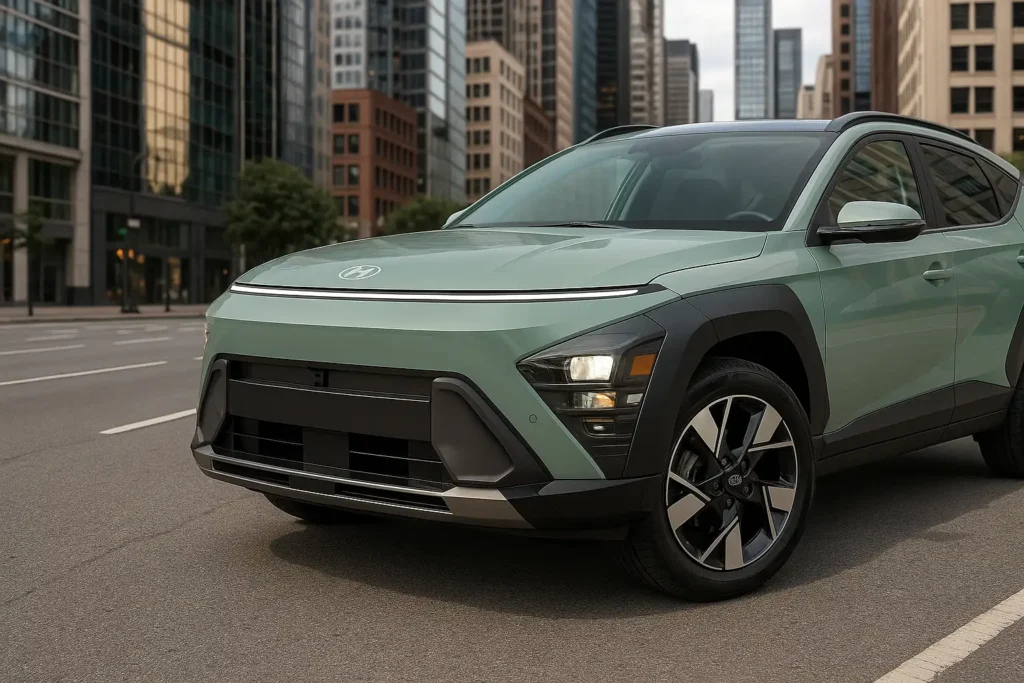
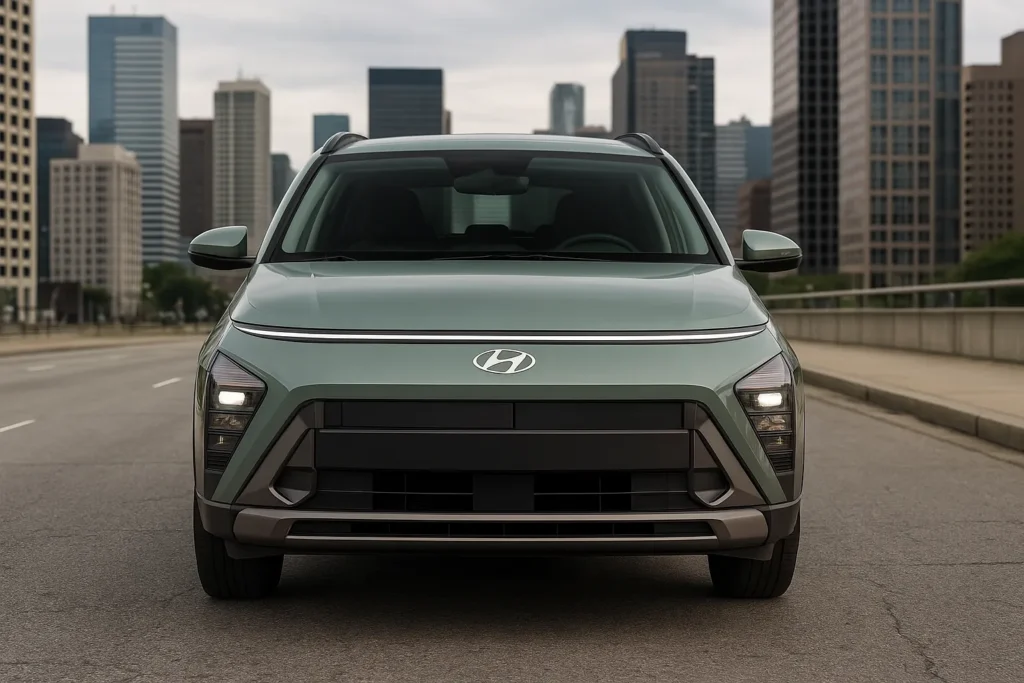
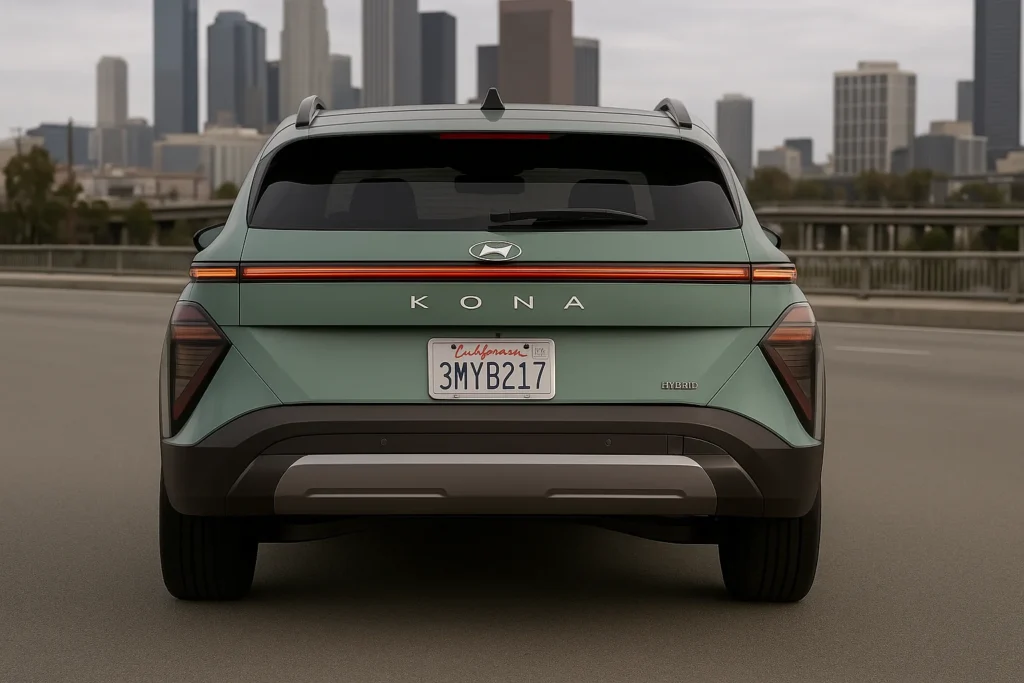
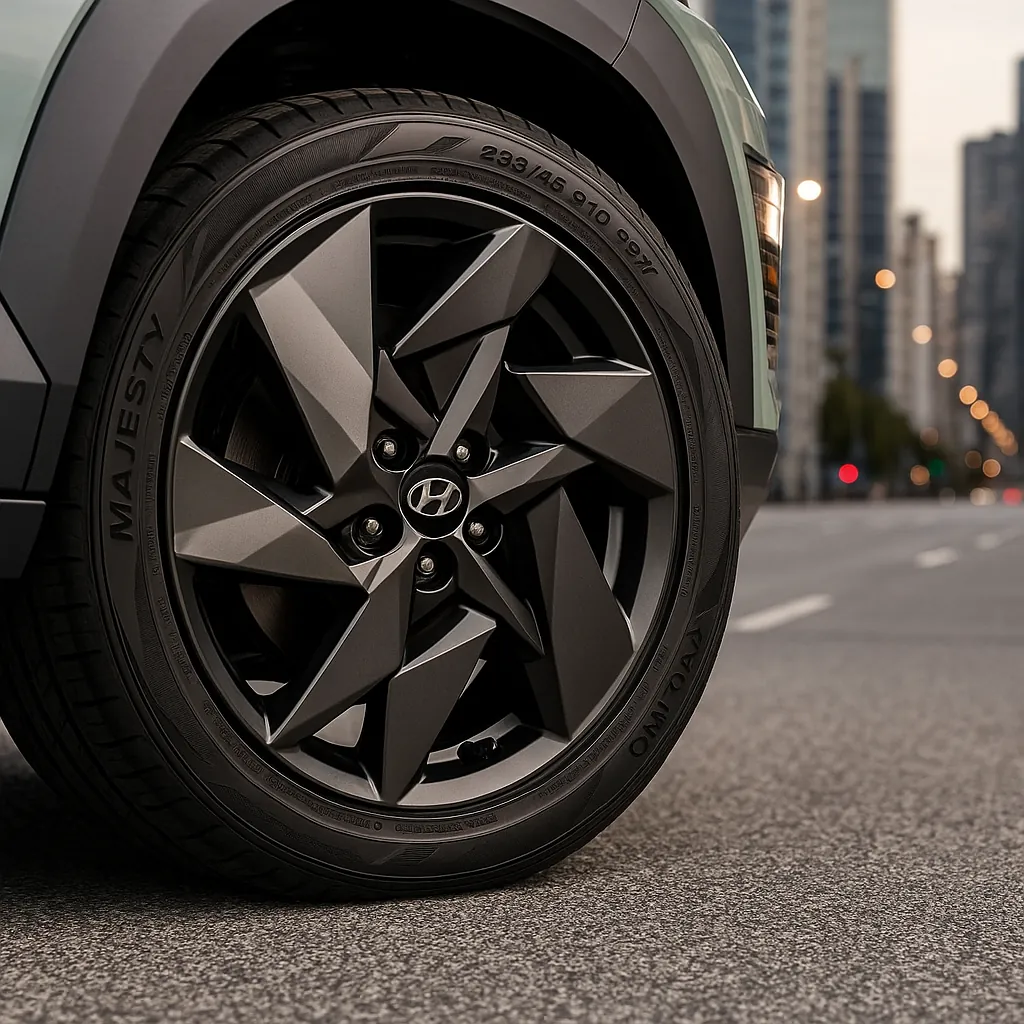


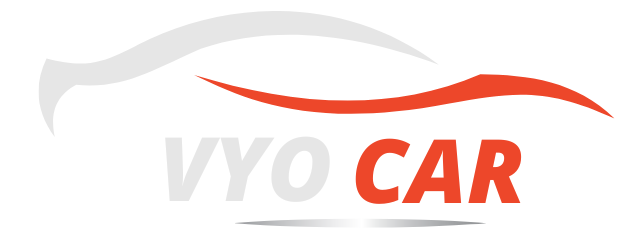
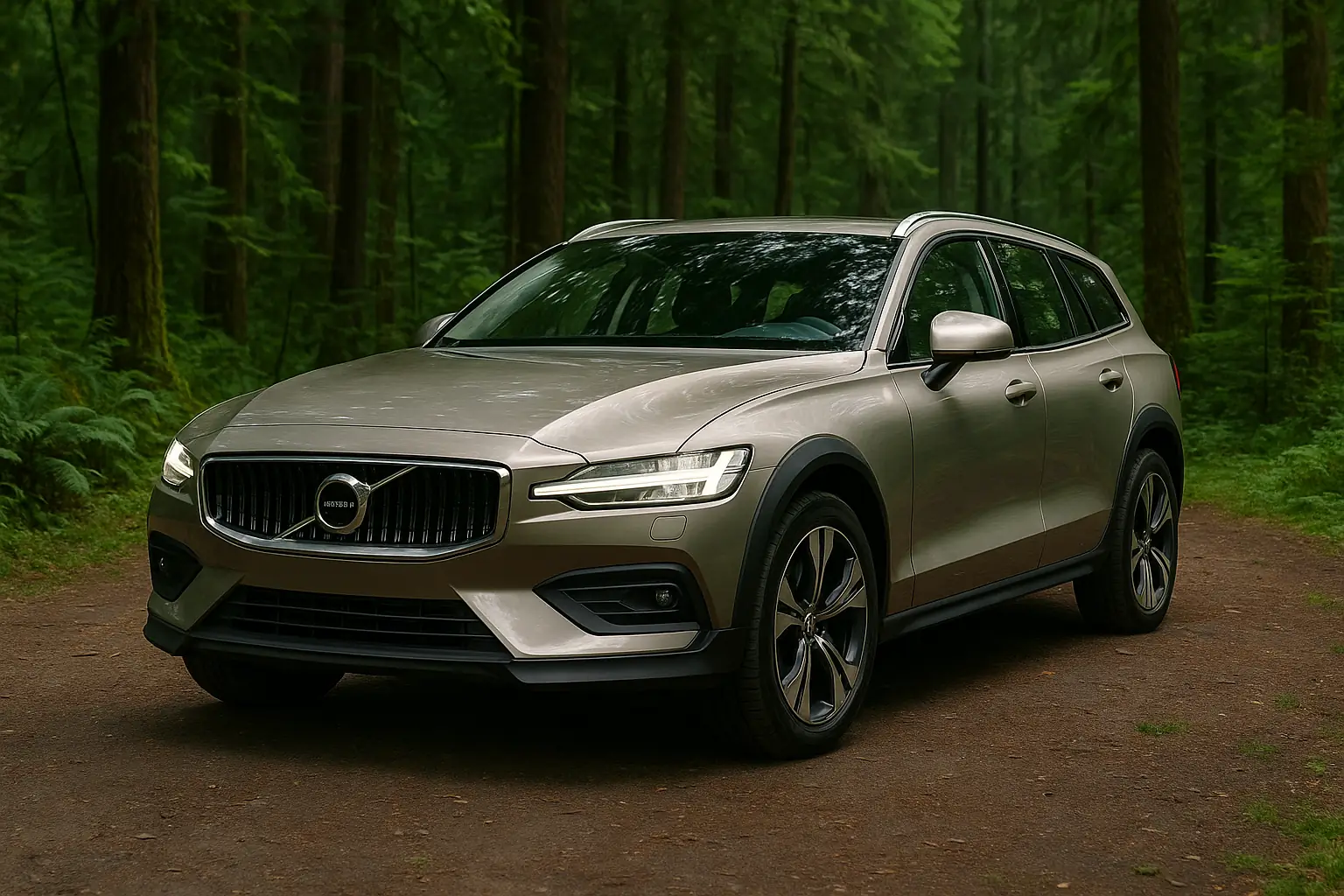
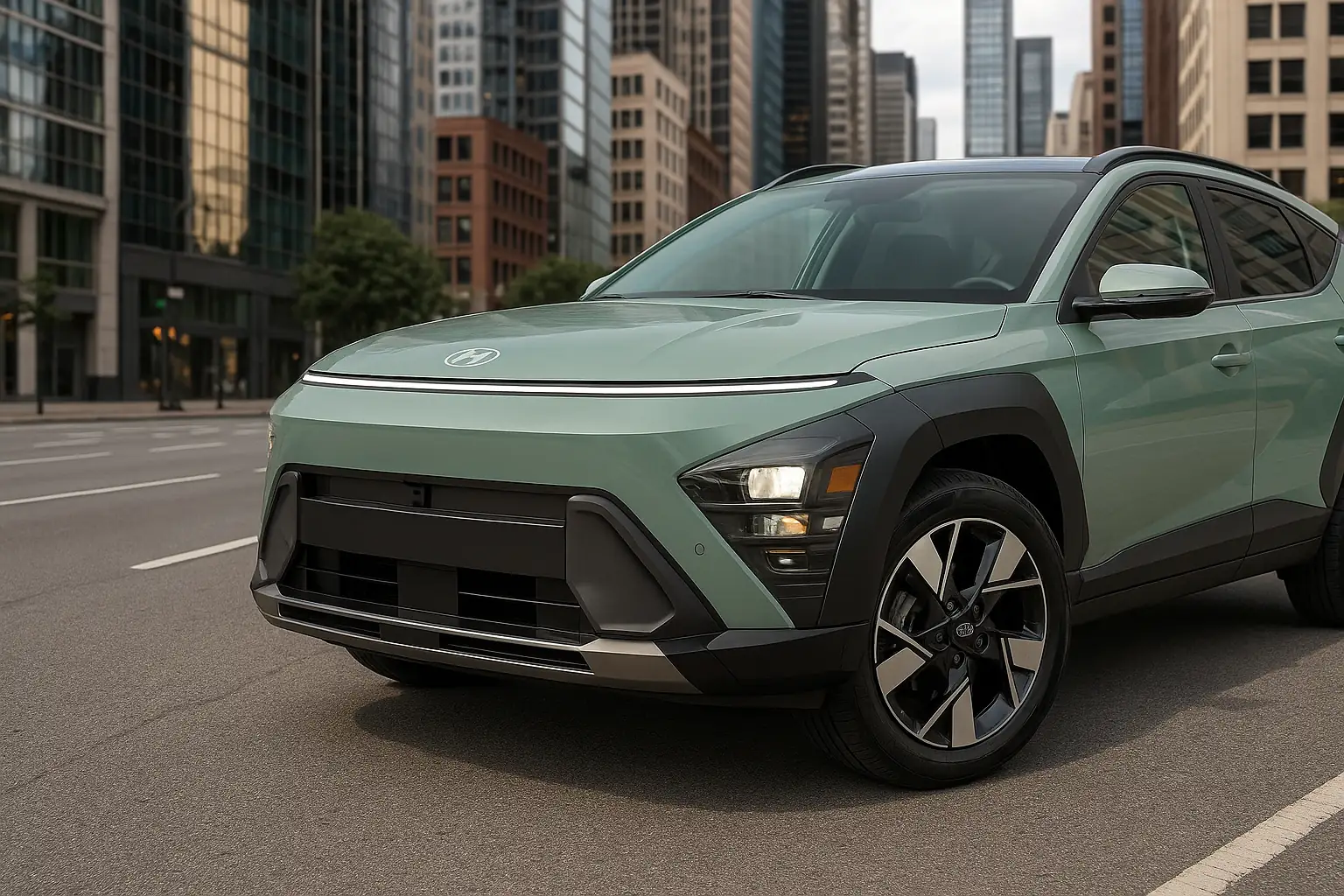
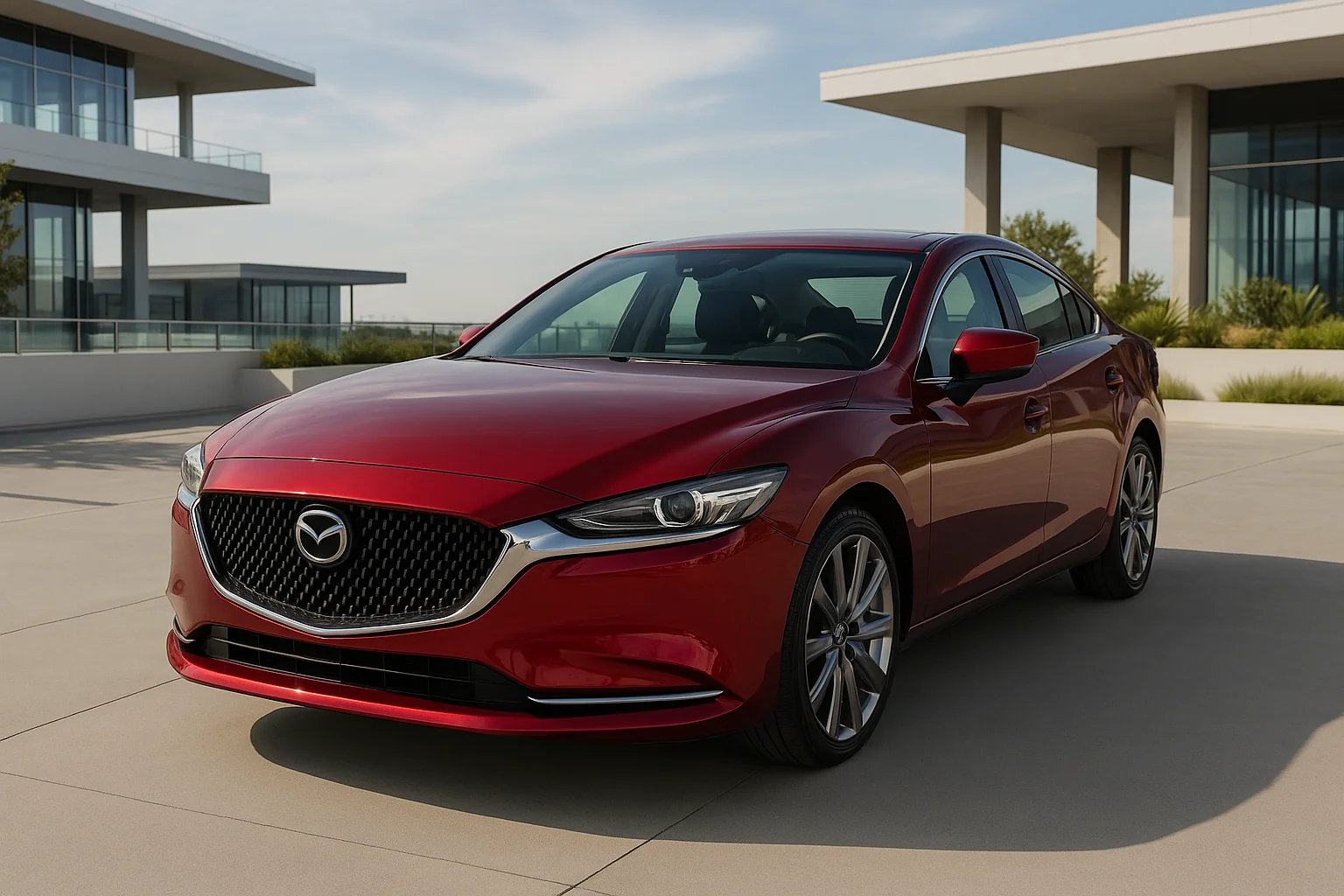
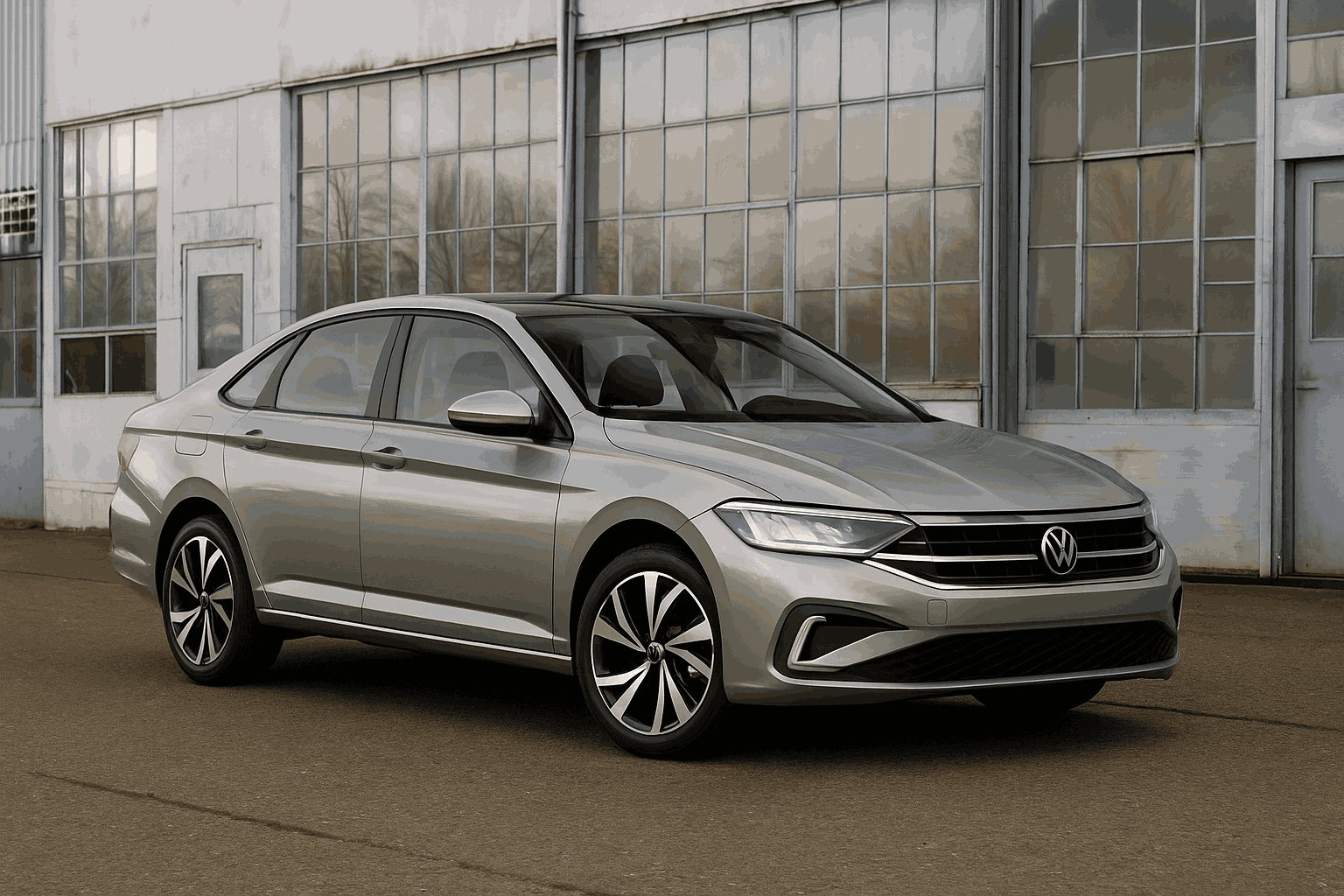
This Post Has 4 Comments
Pingback: 2024 Hyundai Ioniq 6 Review, Pricing, and Specs
Pingback: 2022 Hyundai Tucson Review, Price and Pictures
Pingback: 2024 Hyundai Palisade Review: Why It’s a Top Pick
Pingback: 2025 Volvo V60 Cross Country Review: Wagon With Style